Contents
Introduction to Pupa
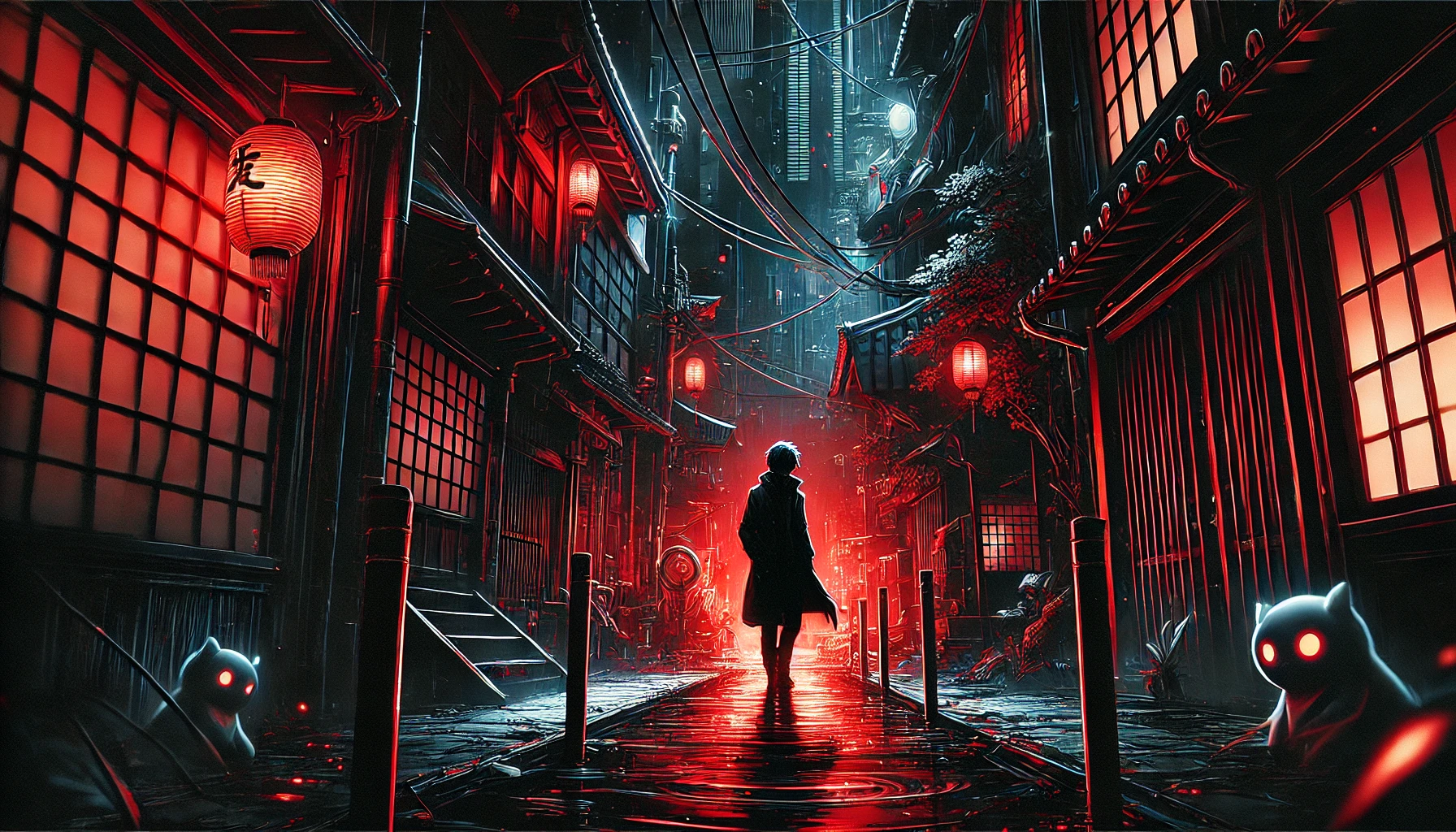
What is Pupa?
Pupa is a short yet unforgettable anime that takes viewers on a dark journey through the bonds of family, the horrors of transformation, and the struggle for survival. Falling under the genre of dark fantasy and psychological horror, this series stands out for its unique premise and haunting atmosphere.
Released in 2014, Pupa tells the chilling story of two siblings, Utsutsu and Yume Hasegawa, whose lives are forever changed after encountering a mysterious virus. This virus transforms Yume into a monstrous being driven by a terrifying hunger, while Utsutsu sacrifices his humanity to protect her. Their bond becomes both their greatest strength and their deepest curse.
The Premise: A Sibling Bond Tested by Horror
At the heart of Pupa lies the relationship between Utsutsu and Yume. Utsutsu, the caring older brother, has always promised to protect his sister, no matter the cost. However, this promise is put to the ultimate test when Yume is infected by the Pupa virus.
The virus doesn’t just alter her physically—it turns her into a creature that craves flesh. Instead of abandoning her, Utsutsu chooses to become her source of sustenance, allowing himself to be devoured bit by bit. This shocking dynamic between the siblings creates a story that is as emotional as it is horrifying.
A Unique Blend of Dark Fantasy and Psychological Horror
Pupa is not your typical horror anime. It blends grotesque imagery with emotional depth, exploring themes of sacrifice, unconditional love, and the blurred lines between humanity and monstrosity. While its runtime is brief, the series packs a powerful punch, leaving viewers with lingering questions about morality and survival.
For fans of psychological horror, Pupa offers a story that doesn’t rely solely on jump scares or shock value. Instead, it delves into the human psyche, forcing viewers to confront uncomfortable truths about love, sacrifice, and the lengths we go to protect those we care about.
Why Pupa Appeals to Horror Fans
Pupa’s appeal lies in its ability to be both deeply disturbing and emotionally resonant. Fans of dark fantasy will appreciate the eerie atmosphere and grotesque visuals, while those drawn to psychological storytelling will find its exploration of family bonds and personal sacrifice captivating.
Whether you’re a seasoned horror fan or someone looking for a unique anime experience, Pupa is worth a watch. Its short episodes make it easy to binge, but its haunting story will stay with you long after the final scene. Are you ready to dive into this dark and twisted tale?
Plot and Themes: A Journey Through Horror and Sacrifice
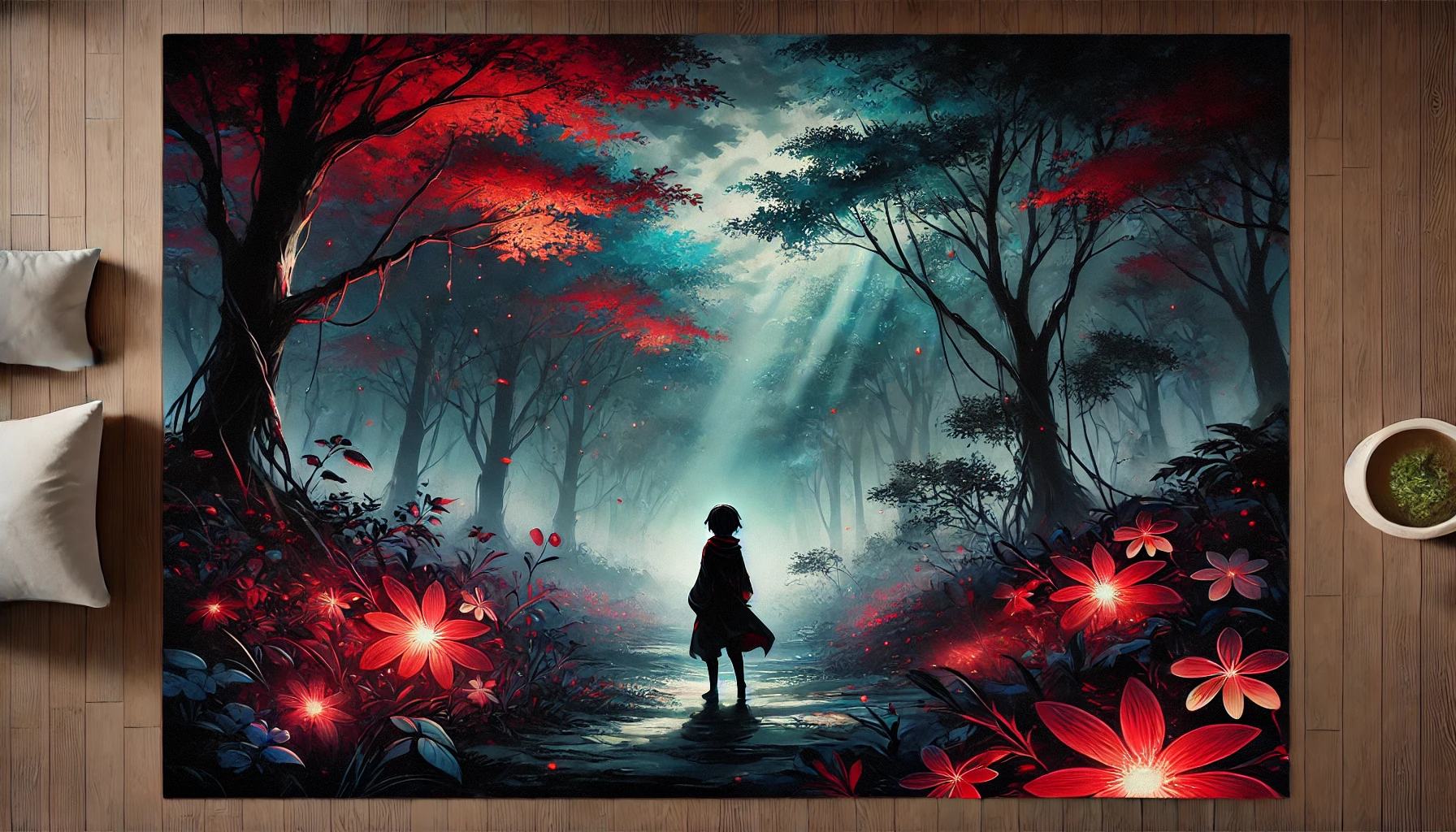
A Mysterious Virus and Family Bonds
At its core, Pupa is a chilling tale of survival, transformation, and unbreakable family bonds. The story begins with siblings Utsutsu and Yume Hasegawa, whose lives take a horrifying turn when they encounter a mysterious red butterfly that infects Yume with the Pupa virus.
This virus doesn’t just make Yume sick—it transforms her into a flesh-eating monster. Despite the terrifying change, Utsutsu remains determined to protect his sister. He becomes her sole source of sustenance, allowing her to feed on his body to keep her alive. This grotesque and deeply emotional premise sets the stage for a story that’s both horrifying and heartbreaking.
Major Themes Explored
Sacrifice and Unconditional Love
One of the central themes of Pupa is sacrifice. Utsutsu’s willingness to endure physical pain and emotional torment for Yume highlights the lengths we go to for the people we love. His unconditional love for his sister drives the narrative, forcing viewers to reflect on the price of devotion and the boundaries of selflessness.
Transformation and Humanity
The theme of transformation is ever-present, both physically and emotionally. Yume’s monstrous form represents the loss of innocence, while Utsutsu’s choice to endure her predatory hunger reflects the struggle to maintain humanity in the face of horror. The anime constantly blurs the line between monster and human, making viewers question what truly defines either.
Survival and Morality
Survival comes at a cost in Pupa, and the siblings’ journey explores the moral dilemmas that arise in desperate situations. Utsutsu and Yume must navigate a world where their existence poses a danger to themselves and others, raising questions about guilt, survival instincts, and the price of staying alive.
Horror Meets Emotional Storytelling
Pupa stands out as a psychological horror that doesn’t rely solely on graphic imagery. While its grotesque scenes are undeniably disturbing, the real horror lies in the emotional weight of the story. The juxtaposition of horror and love creates a narrative that is as thought-provoking as it is unsettling.
The anime’s short episodes intensify the experience, delivering sharp, impactful moments that linger long after the screen fades to black. It’s not just about what you see—it’s about what you feel as you watch Utsutsu and Yume struggle to hold onto their bond.
Why Pupa Stays With You
Pupa isn’t a typical horror story. It’s a deeply emotional tale that uses horror as a lens to explore themes of love, sacrifice, and the human condition. The combination of grotesque visuals and heartfelt storytelling creates a unique experience that appeals to fans of dark fantasy and psychological drama.
For those who can handle its disturbing premise, Pupa offers a haunting yet meaningful exploration of what it means to protect the ones we love—no matter the cost.
Meet the Main Characters: The Heart of Pupa
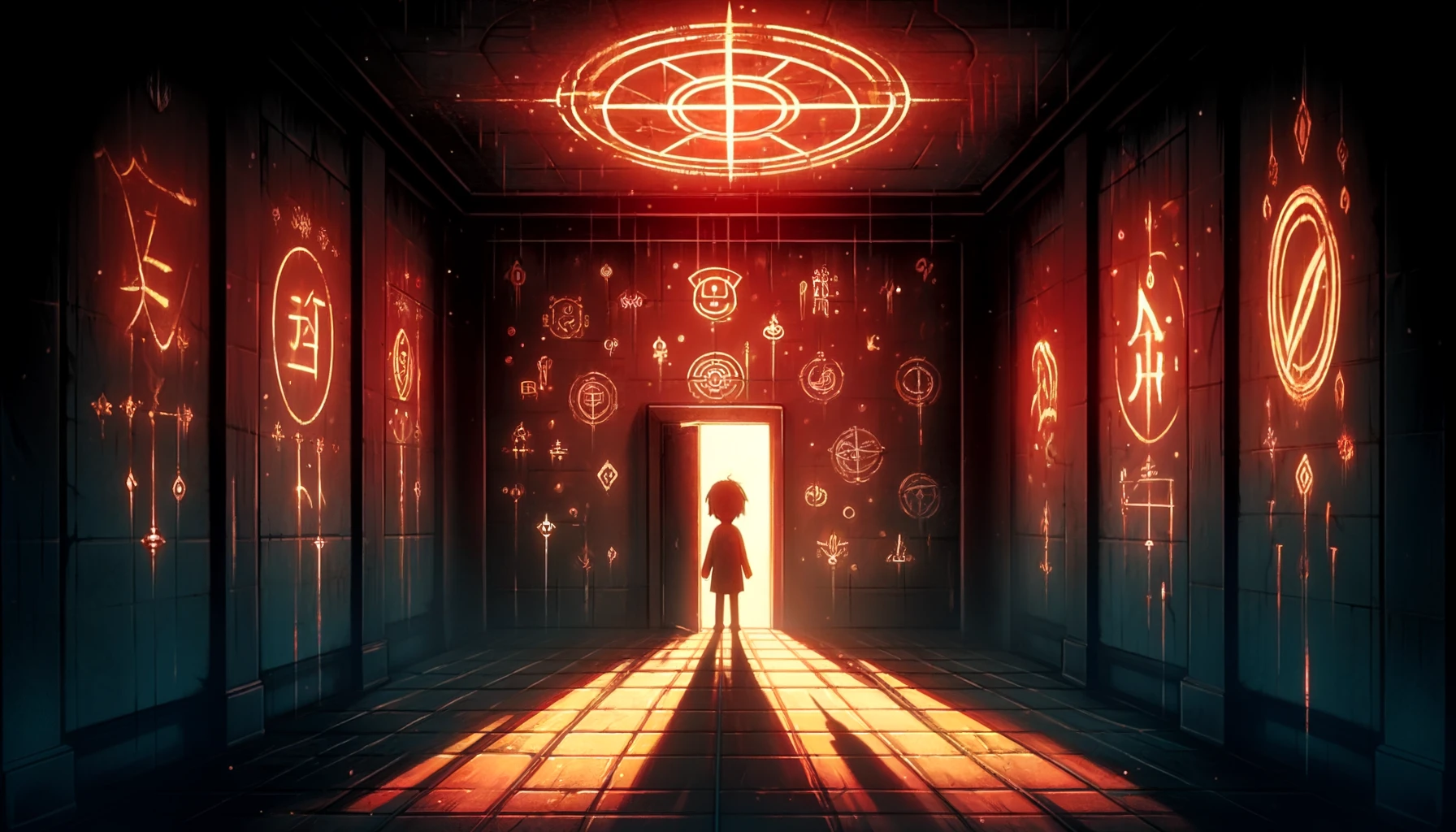
Utsutsu Hasegawa: The Protective Older Brother
At the center of Pupa is Utsutsu Hasegawa, a young man whose life revolves around his little sister, Yume. Utsutsu is fiercely protective, often putting her needs above his own. This protective instinct stems from their troubled childhood, where their parents’ neglect forced him to take on the role of both a sibling and a guardian.
When Yume is infected by the Pupa virus and transforms into a flesh-eating monster, Utsutsu’s love for her doesn’t falter. Instead, he sacrifices his own well-being to keep her alive, allowing her to feed on his body to satisfy her uncontrollable hunger. His actions showcase his unyielding devotion, even as he endures immense physical and emotional pain.
Yume Hasegawa: The Younger Sister Afflicted by the Virus
Yume, Utsutsu’s cheerful and innocent younger sister, is the unfortunate victim of the Pupa virus. Before the infection, Yume was a bright and optimistic girl who deeply admired her brother. However, the virus changes her life—and body—forever, turning her into a creature driven by primal instincts.
Despite her monstrous transformation, Yume retains fragments of her humanity, making her internal struggle all the more poignant. Her guilt over her dependence on Utsutsu and her fear of hurting others add layers of complexity to her character. Yume’s journey is as much about survival as it is about holding onto her identity.
A Bond That Drives the Story
The dynamic between Utsutsu and Yume is the emotional core of Pupa. Their relationship is a blend of unconditional love, sacrifice, and tragedy. Utsutsu’s determination to protect Yume at all costs highlights the lengths people will go to for family, even when it comes at a personal cost.
At the same time, Yume’s dependence on her brother creates a painful balance between love and guilt. She hates what she has become but clings to Utsutsu’s unwavering support. This dynamic not only drives the plot but also gives the story its emotional depth, keeping viewers invested in their harrowing journey.
How Their Story Resonates with Viewers
What makes Utsutsu and Yume’s story so impactful is its raw portrayal of sacrifice and love. Their struggles, though set in a horror context, reflect universal themes of family and loyalty. Viewers can empathize with Utsutsu’s desire to protect Yume and her fear of losing control, making their bond feel deeply real despite the fantastical premise.
Pupa isn’t just a horror story—it’s a tale of family, sacrifice, and what it means to hold onto humanity in the face of unimaginable circumstances. Utsutsu and Yume’s relationship is both heartbreaking and inspiring, making them unforgettable characters in the world of anime.
Visual Style and Horror Elements: The Art of Fear in Pupa
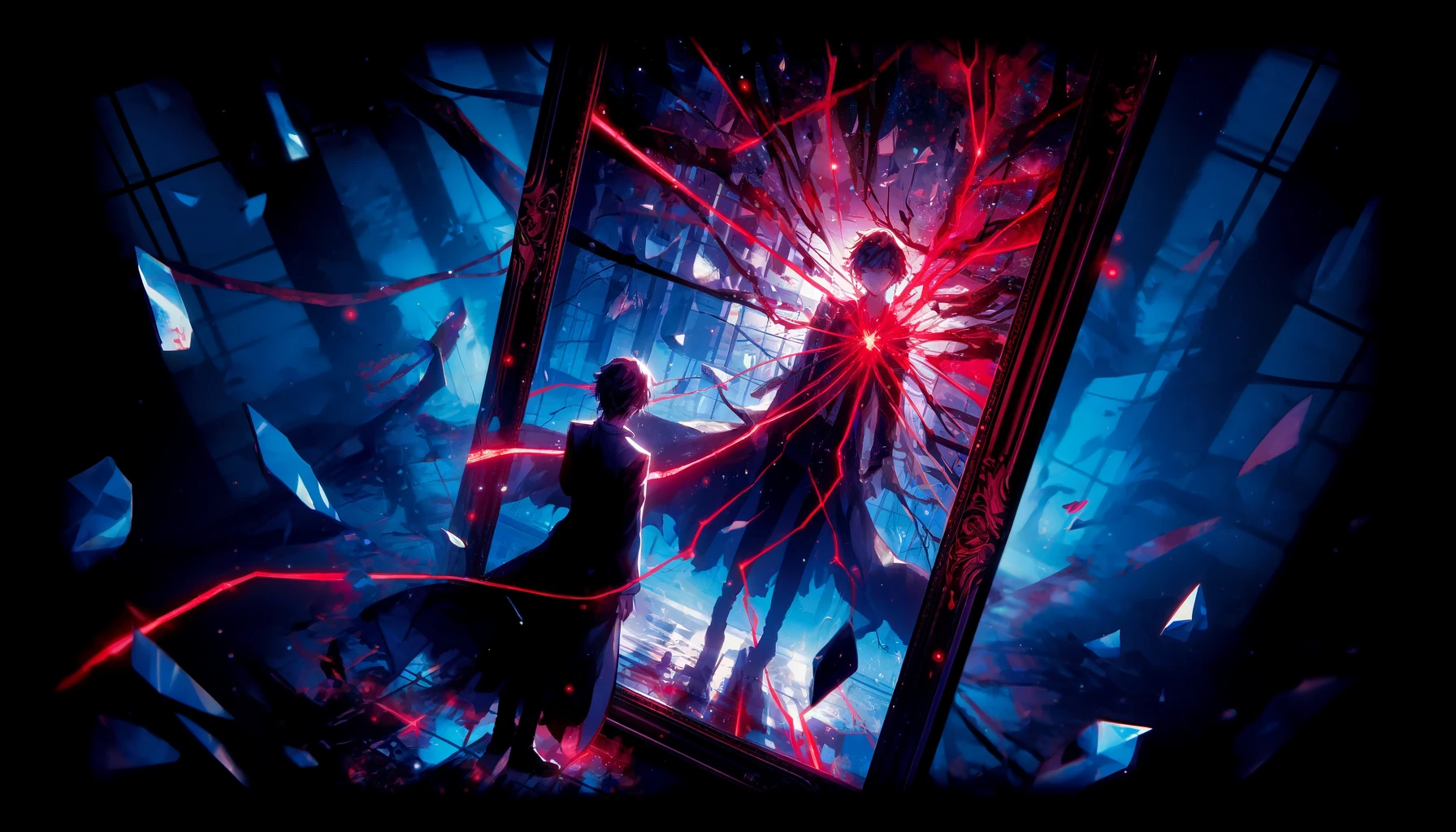
Stark Contrasts and Grotesque Imagery
One of the most striking aspects of Pupa is its visual design, which relies heavily on stark contrasts and grotesque imagery to convey the horror of the story. The anime juxtaposes moments of bright, serene visuals with dark, unsettling scenes, creating a jarring yet captivating viewing experience.
The grotesque transformation of Yume into a flesh-eating monster is depicted with unflinching detail. Her monstrous form, with its exaggerated and disturbing features, serves as a visual reminder of the unnatural and tragic nature of her condition. These stark images aren’t just for shock value—they’re deeply symbolic of the characters’ internal struggles.
Symbolism in the Visuals
The visuals in Pupa are rich with symbolism, often reflecting the themes of sacrifice and transformation. The recurring motif of red butterflies, for example, represents the fleeting nature of life and the inescapable changes brought about by the virus.
The stark contrasts between light and dark aren’t just about aesthetics—they mirror the duality in Utsutsu and Yume’s lives. Bright, peaceful settings emphasize their fleeting moments of normalcy, while the grotesque imagery highlights the horror that lurks beneath the surface.
Enhancing the Horror Atmosphere
The visual style of Pupa plays a crucial role in building its horror atmosphere. The use of shadows, muted colors, and sudden bursts of red enhances the sense of dread. The detailed close-ups of characters’ expressions, whether it’s fear, pain, or despair, make the horror feel personal and immediate.
The pacing of the visuals also adds to the tension. Quiet, still moments are often interrupted by sudden, shocking imagery, keeping viewers on edge. This unpredictability mirrors the siblings’ precarious situation, making the horror feel real and unavoidable.
Balancing Disturbing Scenes with Emotional Moments
What sets Pupa apart from typical horror anime is its balance between disturbing visuals and emotional storytelling. While the grotesque imagery is unsettling, it’s the emotional depth of the characters that leaves a lasting impression.
For example, the scenes of Yume feeding on Utsutsu are undeniably horrific, but they’re also deeply emotional. These moments highlight Utsutsu’s unwavering love and sacrifice, adding a layer of tragedy to the horror. This balance ensures that the story is as heartfelt as it is terrifying.
Why the Visual Style Matters
Pupa’s visual style isn’t just about creating fear—it’s about amplifying the emotional weight of the story. The grotesque imagery and symbolism force viewers to confront the darker aspects of love and sacrifice, while the contrasting serene visuals provide a glimmer of hope amidst the despair.
For fans of psychological horror and dark fantasy, Pupa’s visual design offers an immersive and thought-provoking experience. It’s not just a feast for the eyes—it’s a deeply unsettling yet emotionally rich journey that lingers long after the final frame.
Why Watch Pupa?
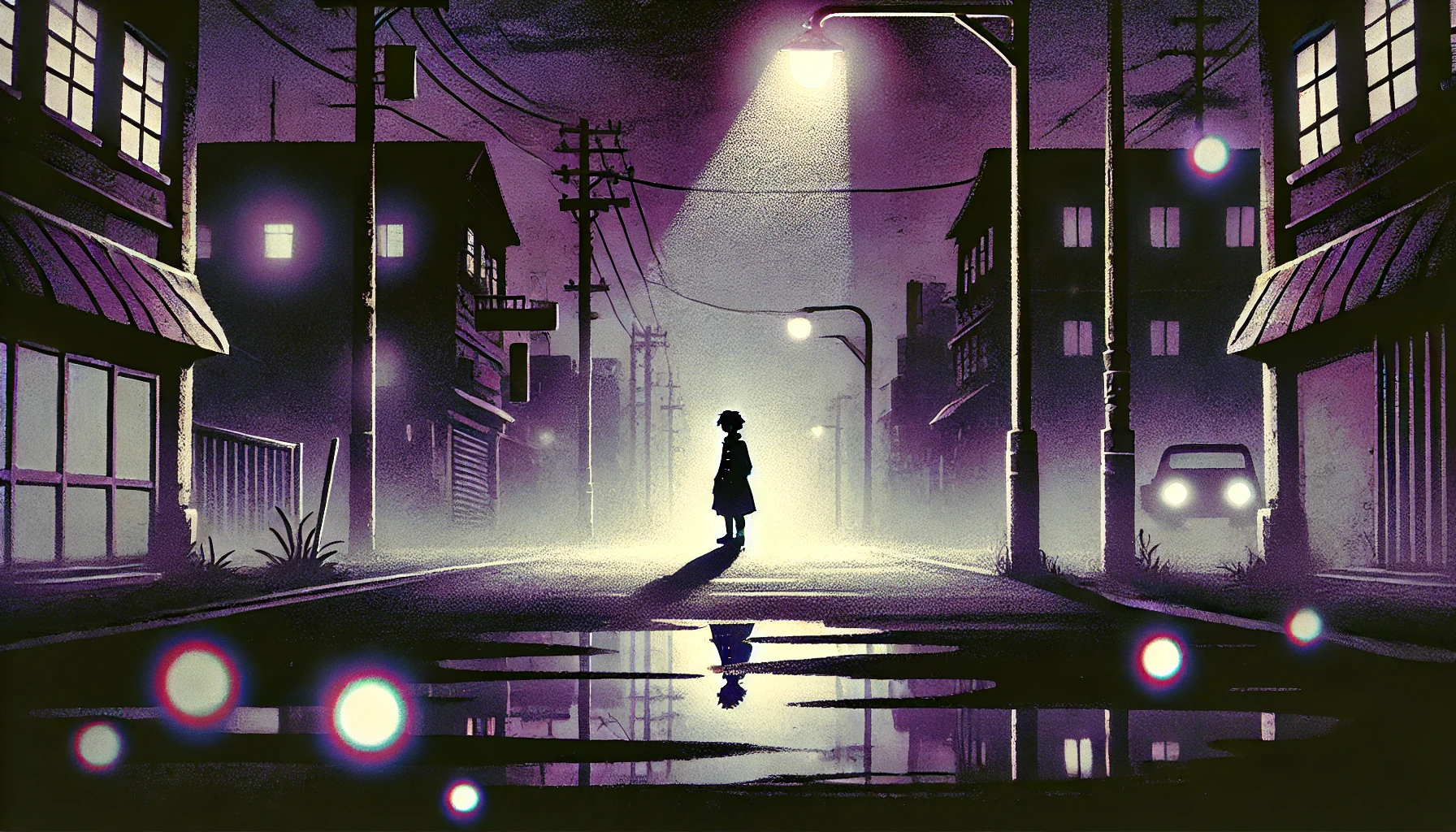
A Must-Watch for Fans of Psychological and Body Horror
If you’re a fan of psychological and body horror, Pupa offers an experience unlike any other. With its grotesque imagery and unsettling themes, the anime dives deep into the darker aspects of human nature. But it’s not just about the shock factor—it’s about exploring the emotional and psychological turmoil of its characters.
Pupa doesn’t shy away from showing the horrifying transformation of Yume into a flesh-eating creature or the painful sacrifices her brother Utsutsu endures to protect her. This combination of visceral horror and emotional depth makes it an engaging choice for viewers who appreciate stories that challenge their comfort zones.
Exploring Dark Yet Emotional Themes
At its core, Pupa is a story about love, sacrifice, and survival. The bond between Utsutsu and Yume is both heartwarming and heartbreaking, as they navigate a world where their existence is both a danger and a necessity.
The anime explores themes of unconditional love, with Utsutsu putting himself through unimaginable pain to save his sister. It also delves into transformation and humanity, showing how the Pupa virus changes not just the body but the soul. These dark themes are balanced by moments of raw emotion, making the story resonate on a deeper level.
A Short but Impactful Viewing Experience
One of the unique aspects of Pupa is its short runtime. With each episode lasting only a few minutes, the anime delivers its story in quick, intense bursts. This format keeps the pacing tight and ensures every moment feels impactful.
Despite its brevity, Pupa doesn’t skimp on emotional or narrative depth. The concise storytelling leaves a lasting impression, making it an excellent choice for viewers looking for something they can finish in one sitting but think about for days afterward.
Who Should Watch Pupa?
Pupa is perfect for:
- Fans of psychological horror who enjoy stories that explore the human mind and emotions.
- Viewers intrigued by body horror and grotesque transformations.
- Anyone looking for a short yet impactful anime with a unique premise.
Final Thoughts: Why Pupa Stays with You
Pupa isn’t just a horror anime—it’s a story about the lengths we go to for the people we love. Its blend of dark fantasy, psychological depth, and emotional storytelling creates a viewing experience that’s both haunting and thought-provoking.
If you’re ready to explore a world where love and horror collide, Pupa is waiting for you. It’s a short journey, but one that will leave a lasting mark. Are you brave enough to take it?